An effective marketing message is crucial for both business-to-business (B2B) and business-to-consumer (B2C) companies. It is the foundation on which your marketing strategy is built and can significantly impact your success. Your marketing message helps to communicate your value proposition, differentiate you from your competitors, and build brand awareness. In B2B, a clear marketing message is essential because the sales process is typically more complex and involves multiple stakeholders. A well-crafted message that clearly communicates the benefits of a product or service can help to persuade decision-makers and shorten the sales cycle. In B2C, a clear marketing message is equally important as consumers are bombarded with a vast amount of marketing noise. A clear message that resonates with the target audience can help to grab their attention, build trust, and ultimately lead to a purchase decision. In both cases, a clear marketing message helps to establish your brand identity and build a loyal customer base. The following tips will guide you through developing your effective marketing message.
Identify Your Ideal Clients
Before you start developing your marketing message, you must understand your ideal clients. By identifying and understanding the ideal client profile (ICP), you can focus on targeting and helping businesses that align with your values and expertise, ultimately providing the best possible outcomes for your clients.
Once your ideal clients have been identified, it’s time to develop a value proposition.
Develop a Clear Value Proposition
A value proposition is a statement that communicates the unique value that a company’s product or service provides to its customers. It is a promise that sets a business apart from its competitors and highlights the benefits that customers can expect to receive. Developing a value proposition is critical for both business-to-business and business-to-consumer companies. Your value proposition is a statement that communicates the outcomes you deliver to your ideal clients. It should be clear, concise, and easy to understand. It should focus on your product or service’s benefits rather than the features. To develop a strong value proposition, ask yourself what problem your product or service solves for your ideal clients and how it benefits them. Communicate your value proposition consistently across all your marketing and sales efforts.
Now that your ideal client has been identified and you know what you can offer those clients, the next step is understanding the process your clients will go through as they interact with your brand.
Map Out Your Client Journey
Mapping out your client journey is essential for any business as it helps to understand how customers interact with your brand and where there may be gaps or opportunities to improve the customer experience. Companies that run on EOSTM might know this as their Proven Process. The client journey is the process that your ideal clients go through, from initial awareness to becoming a customer. A client journey map is a visual representation of each of the various stages that a customer goes through when engaging with a business. By mapping out your client journey, you can identify where your target audience is in the buying process and tailor your messaging and tactics to each stage. The client journey typically includes versions of the following stages: awareness, consideration, decision, and retention. Your messaging should remove friction by addressing your ideal client’s needs, pain points, and objections at each stage.
As you guide your client through their buying process with your brand, how should you communicate with them? Consistency in messaging is crucial through every stage of the journey.
Develop a Messaging Framework
A messaging framework is a set of guidelines that speaks to your ideal clients. It includes defining your brand voice, messaging, and tone. This framework should be used by your sales and marketing team to ensure that everyone is using consistent messaging and speaking to your target audience in the same way. Your brand voice refers to the personality and values of your brand, while your messaging is the specific words and phrases you use to communicate your value proposition. Your tone is the emotional context in which your message is delivered.
Now that your voice and tone have been established, what are you going to say? There are so many forms of content out there, which ones will you benefit from the most?
Develop a Content Plan
Content marketing is a great way to communicate your messaging to your target audience. Creating valuable, informative content that connects with your ideal client’s outcomes, needs, and pain points can establish your brand as a thought leader and build trust. Your content plan should include various content types, such as blog posts, social media posts, videos, infographics, and e-books. Be sure to align your content with your value proposition and messaging framework.
Once your content is out there, how do you know if it’s hitting the mark? The final step is knowing how your content is performing and figuring out how to adjust to make the most impact on your audience.
Test and Iterate
Once you have developed your messaging, testing, and iterating is the final step. This means gathering feedback from your target audience and adjusting your messaging and tactics. This feedback loop is critical to continuously improving your marketing message and increasing its effectiveness. You can conduct surveys, focus groups, or A/B testing to test your messaging. Use your feedback to refine your value proposition, messaging, and content plan.
By following these tips, you can develop a clear and focused marketing message that resonates with your ideal clients and drives revenue growth for your business. Remember to stay focused on your ideal clients, develop a clear value proposition, map out your client journey, develop a messaging framework, create a content plan, and test and iterate your messaging to improve your marketing strategy continuously.
Scaling sales and growing revenue is essential for your business. We want to help you learn more. Click below to download our e-book today!





